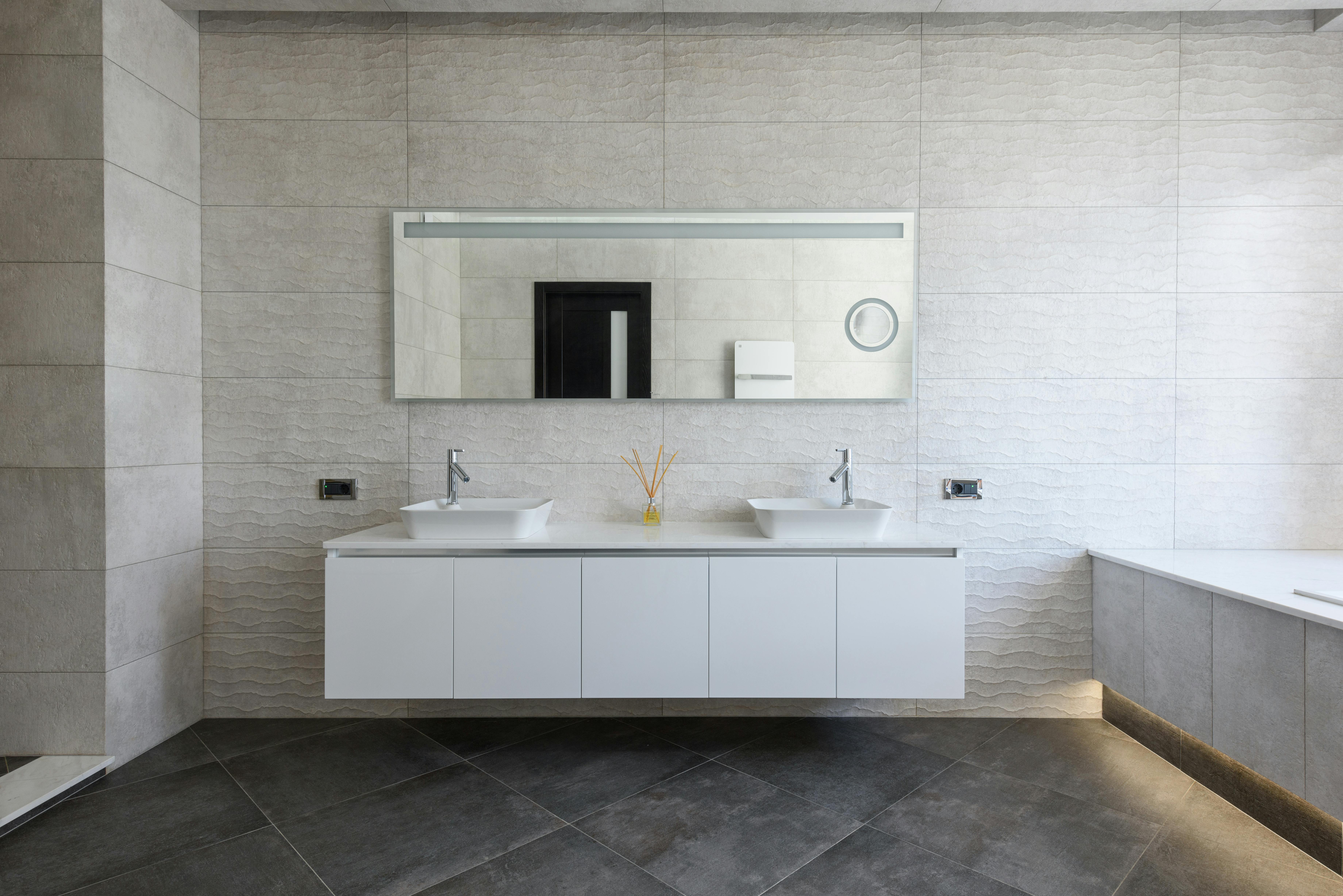
Plumbing Basics: Understanding Your Home's Water System Oct 20, 2025
A typical residential water system starts at the water main, which is the principal pipe supplying water to your home. This pipe connects to the public utility’s main water line. From the water main, the supply line runs into the house where it branches off into the plumbing system within your walls, ceiling, and floors, delivering water to various fixtures like sinks, toilets, showers, and appliances.
Understanding the water distribution system in your home can help you identify potential issues early on. Your home's water system is comprised of two subsystems: one that brings freshwater in and another that removes wastewater. The supply system uses water pressure to move water throughout your home. If you notice a sudden drop in water pressure, it can signal a serious issue, such as a leak, which should be addressed immediately to avoid damage and waste.
Typically, your home’s water heater is a critical component of your water system, heating water for use in various tasks. Most homes have either a tankless water heater or a storage water heater. Knowing the type of heater you have helps in routine maintenance and energy conservation efforts. For instance, regular flushing of storage tank heaters can prevent sediment buildup, which can extend the life of the unit and ensure efficient operation.
Backflow prevention devices are integral for protecting your water system from contamination. These devices prevent water from flowing backward into the home’s clean supply, thus safeguarding health. Regular inspection of backflow preventers is a precautionary measure that ensures your water remains safe and uncontaminated.
Your home's drainage system is the other half of the plumbing equation, responsible for safely transporting wastewater away from the home. Unlike the supply system, drainage relies heavily on gravity rather than pressure. Keeping this system in good shape means regularly checking for clogs in drains and performing routine maintenance, like snake cleaning for preventing bigger blockages.
Preventative maintenance is key to keeping your water system running smoothly. Simple tasks such as inspecting visible pipes for rust or leaks, and ensuring the water meter is working correctly can save you from costly repairs in the future. Moreover, understanding how to shut off your water supply is essential knowledge that all homeowners should acquire. Knowing where the shut-off valve is, and how to operate it can be a lifesaver during emergencies like burst pipes.
As you familiarize yourself with your home’s water system, bear in mind that certain plumbing tasks are best handled by professionals. At Nick's Plumbing and Backflow, our team of licensed plumbers is ready to assist with expert advice and reliable services, from regular maintenance checks to complex installations and repairs. Empowering yourself with basic plumbing knowledge not only keeps your home safe and efficient but also enhances your sense of control over your living environment.
Understanding plumbing basics is a savvy homeowner's first step toward proper home maintenance. By keeping an eye on your system and knowing when to call in professionals, you will protect your investment and maintain the comfort and safety of your home.
/filters:no_upscale()/media/8e3f8840-4920-4868-aa14-8833e71bae15.jpg)